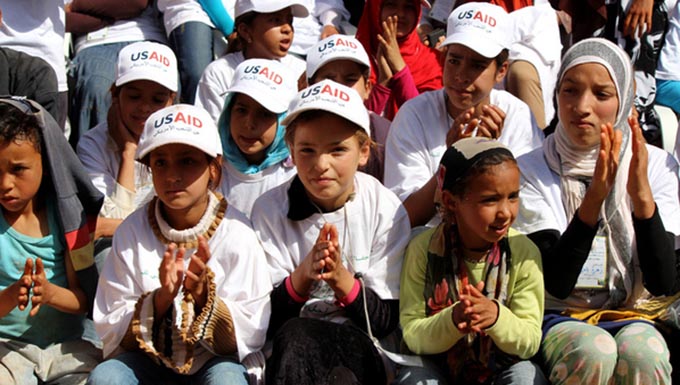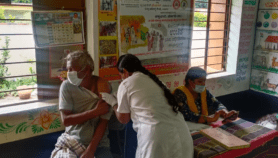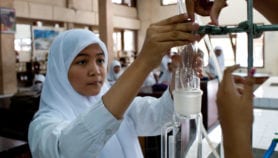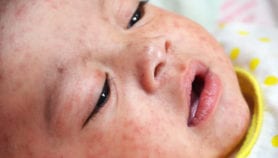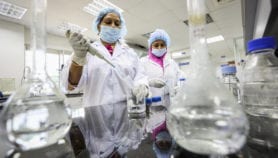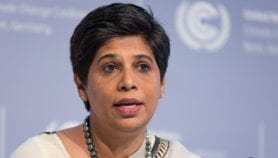By: Jan Piotrowski
Send to a friend
The details you provide on this page will not be used to send unsolicited email, and will not be sold to a 3rd party. See privacy policy.
Science is now more influential within the US Agency for International Development (USAID) than it has been for the last two decades, in part catalysed by the creation of the chief scientist role three years ago, says an agency official following the chief scientist’s resignation last week.
This rise in importance is representative of a broader shift within the development community, as practitioners have come to accept that science must be integral to any activities, says Susan Reichle, counsellor to USAID, who works in the administrator’s office.
Her comments follow last week’s news that Alex Dehgan, the agency’s chief scientist since 2010, has stepped down, leaving the position empty until a suitable successor is found. “USAID had a rich history in science, but over the last 20 years, frankly, we lost some of that capacity,” Reichle tells SciDev.Net.
Under the leadership of Dehgan and Rajiv Shah, the USAID administrator, the agency has reinstated scientific expertise at the heart of its work, she says.
The wide range of science-related initiatives and organisations established since 2010 are testament to this effort, she adds.
“If we are to move forward, science must be an integral part of development.”
Susan Reichle, USAID
These include creating an independent Office of Science and Technology, setting up a Higher Education Solutions Network of university ‘development labs’ and launching five Grand Challenges for Development, including ones on providing clean energy for farmers and on ensuring the availability of water needed to grow food.
The changes are part of a wider transformation of the development community, says Reichle. “There is a much deeper understanding that, if we are to move forward, science must be an integral part of development,” she says.
According to John Daly, a former USAID official, one of Dehgan’s most important achievements was overseeing the increase in American Association for the Advancement of Science fellows, a scheme that encourages young scientists, engineers and innovators to enter the development field.
The rise from two to 65 fellows since 2010 has created a pool of expertise that USAID can draw from to significantly increase its scientific capacity, he tells SciDev.Net.
With former fellows now in top positions at bodies including the National Institute of Food and Agriculture, and health research organisations, the Fogarty International Center and the Howard Hughes Medical Institute, the programme is also having an impact beyond the agency’s walls, Daly adds.
And it is helping to improve the development outreach of a wide range of US scientific institutions, he says.
Linda Staheli, a senior staff associate from CRDF Global, an international organisation that promotes science and technology for development, agrees that, over the past three years, Dehgan has taken USAID’s scientific capacity to the “next level”.
“It will take some time for the effects [of his departure] to become clear,” she says.
While there is always a danger of gains being reversed as the political environment shifts, as Dehgan indicated last week, Staheli is confident that science’s improved standing is here to stay.
“As long as he is replaced by someone who is also incredibly effective, there will continue to be a tremendous impact,” she says.
But to ensure that political and financial support for USAID’s science programmes remains strong, more efforts are needed to reach out to policymakers, she says.
For Reichle, now the “uphill battle” for science’s recognition within USAID is over, work must start to strengthen the capacity of the 80 countries in which the agency has missions. “It’s critical that every country has every expertise and discipline integrated into its development programmes.”


